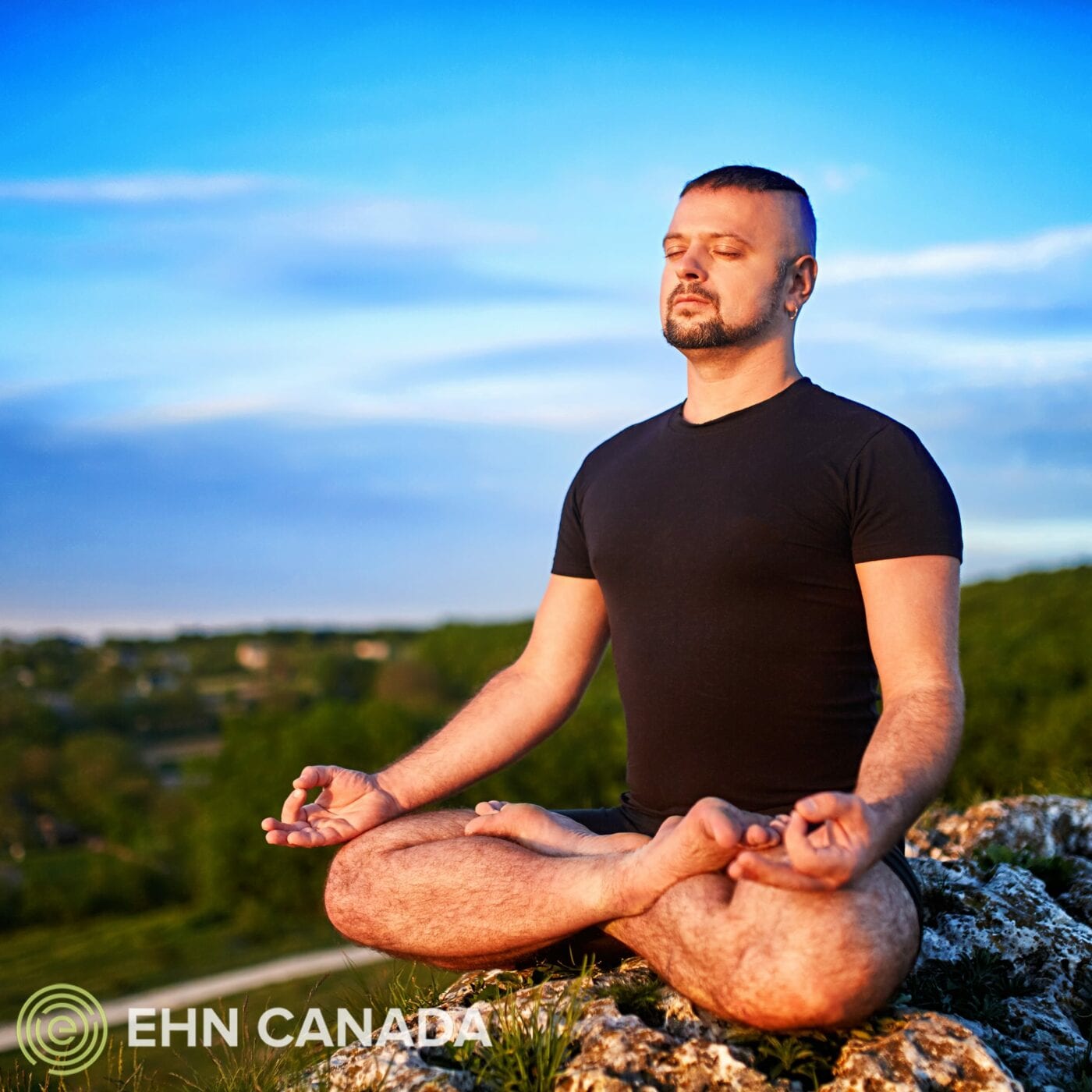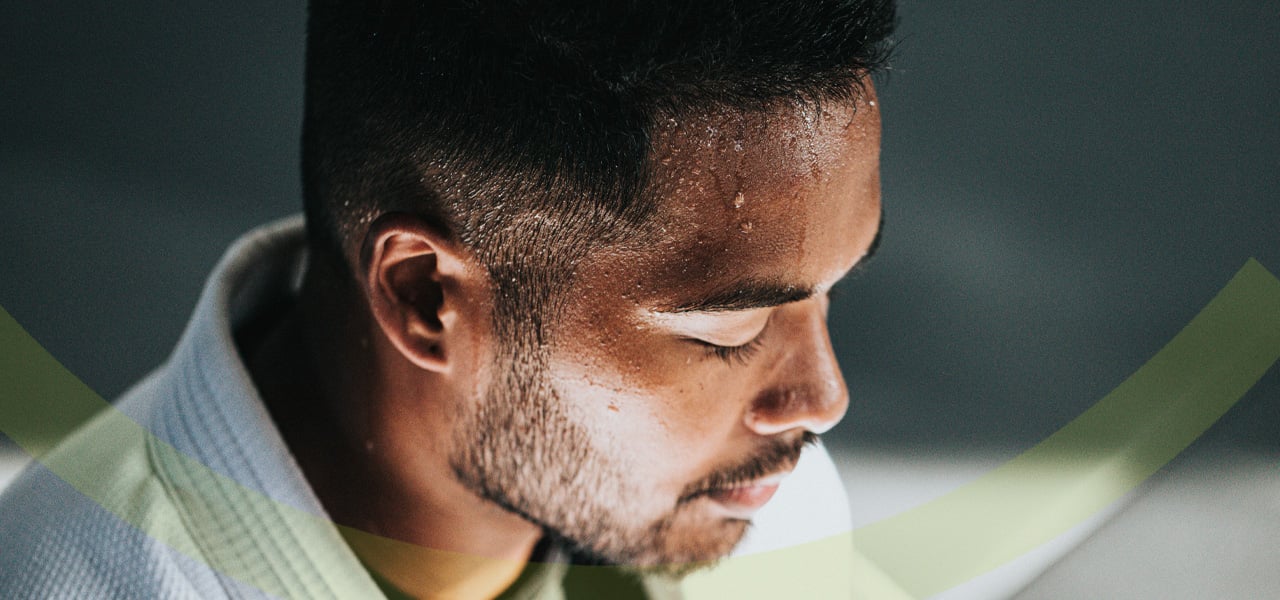Opinion by EHN Staff
Written by Sean Singer, veteran, yogi, and physical health instructor at Bellwood Health Services.
When I started working at Bellwood in March 2017, it dawned on me that everyone has experienced some stressful or traumatic events in their life. We can all have addictions because of these past or present events. One can be addicted to anything these days, not just substances. We have our phones, social media, and the desire for approval or validation from others. We’re addicted to shopping, consuming, exercise, gambling, watching too much of something or other, and the list goes on. So it really isn’t the things we’re doing that are the source of the problem. We should instead try to understand why we feel the need to do them in general.
Vipassana 10-Day Silent Meditation Retreat: The Hardest Thing Ever
In 2006, I attended a 10-day silent meditation retreat called Vipassana, where you spend 10 days in silence, spending a lot of time sitting still meditating on the sensations in your body. Having earned a Bachelors of Engineering from Ryerson, and spent 17 years in the Canadian Armed Forces, tour in Kandahar, Afghanistan (TF03-08)—this was the hardest thing I have ever done! Those 10 days were the start of my mindfulness and journey to self-awareness. However, being able to meditate sitting still for an hour did not protect me from stress and trauma. It only helped me realize that I was suffering. All my childhood traumas, stress from school, and the uncertainty of armed conflict were manifesting physically, as muscle tension and pain.
What does a young, testosterone-and-ego-fueled male do when he realizes this? He hides it, he numbs it, and he tries to fit in with all the other “normal” people. But then you start noticing that people are weary and cautious around you. You seem to take things too seriously. You go to the extreme in most things, such as partying with friends, driving too fast, and saying hurtful things to others.
Hot Yoga Started Changing Things for Me
Something needed to change. I was still too proud to ask for help, to show weakness. On and off, I was teaching myself Qigong, an ancient Daoist form of moving meditation and exercise, but I was not consistent with it. In 2009, I tried hot yoga for the first time. My ego was shattered. I was struggling to hold the poses, to breathe in the heat, and could not stay present—even though I was exercising regularly with CrossFit and other high intensity training.
I continued with the yoga and soon I was noticing benefits. Paired with the awareness of my physical and mental self through meditation, my body was starting to respond. I was getting stronger and more flexible. But the pain persisted, it lingered. Whatever relief I felt from practicing yoga asanas (poses) was short lived. Same with massage therapy and visits to the chiropractor. None of it could get to the root of the problem.
My Epiphany: Change Comes From Within
Then another realization dawned on me. There is no magic pill—no external thing or action can change what’s inside you. We need to accept when there is a problem and a need for change. In 2015, I attended a 500 hour hatha yoga teacher training program in Kelowna, BC. I changed the environment I was in, hoping that this new path would help. As my journey continued, it led me to become one of the physical health staff at Bellwood.
The last method that has helped me greatly is Trauma Release Exercise® (TRE). Developed by Dr. David Bercelit, it is a way for the body to release physically stored tension and trauma. The technique allows one’s body to literally shake off stored stress, tension, and trauma through a natural, instinctive tremouring. It has greatly reduced the physical pain and tension that I feel.
Bottom-Up Approach to Healing Trauma
Unknowingly, I was using a bottom-up approach to healing my trauma. This means using a mindfulness technique to gain greater awareness and understanding of one’s senses, such as the physical sensations of emotions. Having this self-awareness allowed me to notice when I was triggered and when to self-regulate so that I didn’t go over the edge. Combining mindfulness techniques from Vipassana, Chi Kung, Hatha Yoga, and Trauma Release Exercises®, has helped me release the tension physically stored in my body. This, in turn, has changed my thought patterns.
Find a way to gain awareness of one’s self—that is the key. All wise men and saints have said the same thing: “know thyself.” Then you can make progress and the changes you need to self-regulate effectively.
I have been sharing these techniques with patients and staff at Bellwood. Many of them have reported noticeable changes, feeling more relaxed and feeling less pain. What I can say for certain is that the more relaxed you are, the less stressed you will feel—so take a deep breath in and let it go.
Don’t Know How to Meditate?
If you’ve never tried meditation before, check out Headspace. It’s a meditation app used by millions of people that makes it simple and easy to learn how to meditate.
Learn More About EHN Canada’s Trauma Programs
EHN Canada offers a Trauma and Psychological Injury Program (TPIP) at Edgewood Treatment Centre in Nanaimo, BC. Our Concurrent Trauma and Addiction Program (CTAP) is also offered at Edgewood, as well as at Bellwood Health Services (Toronto), and Clinique Nouveau Depart (Montreal).
If you would like to learn more about the trauma programs provided by EHN Canada, or if you have any questions about addiction or mental health, please call us at one of the numbers below. Our phone lines are open 24/7—so you can call us anytime.
- 1-800-683-0111 for Edgewood Treatment Centre in Nanaimo, BC
- 1-800-387-6198 for Bellwood Health Services in Toronto, ON
- 1-888-488-2611 for Clinique Nouveau Depart in Montreal, QC



